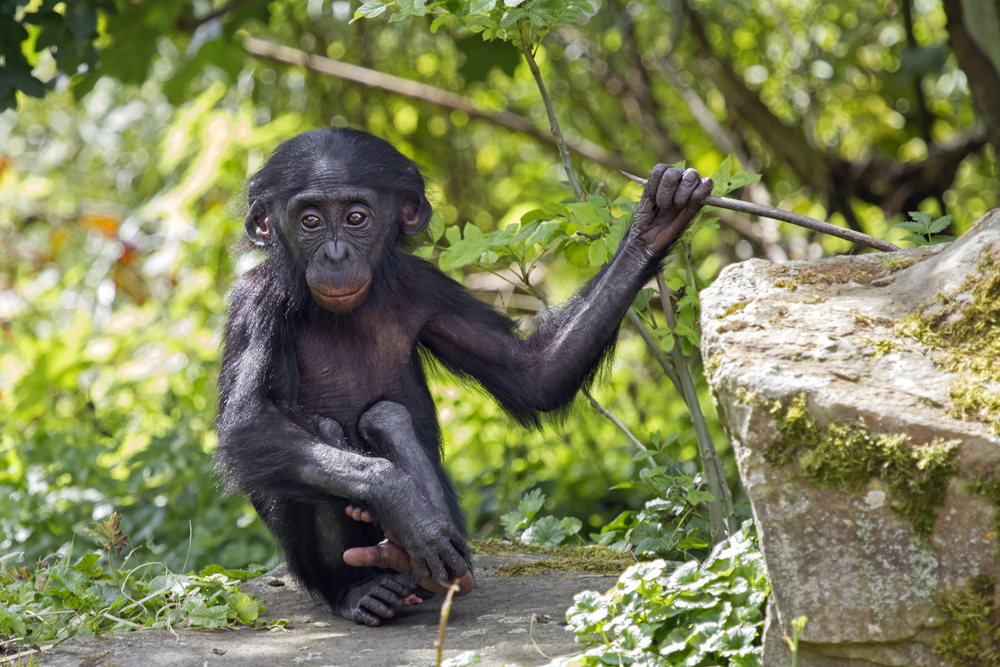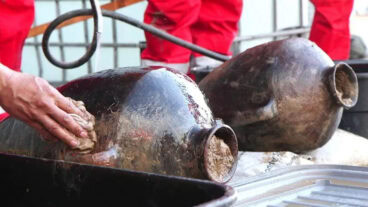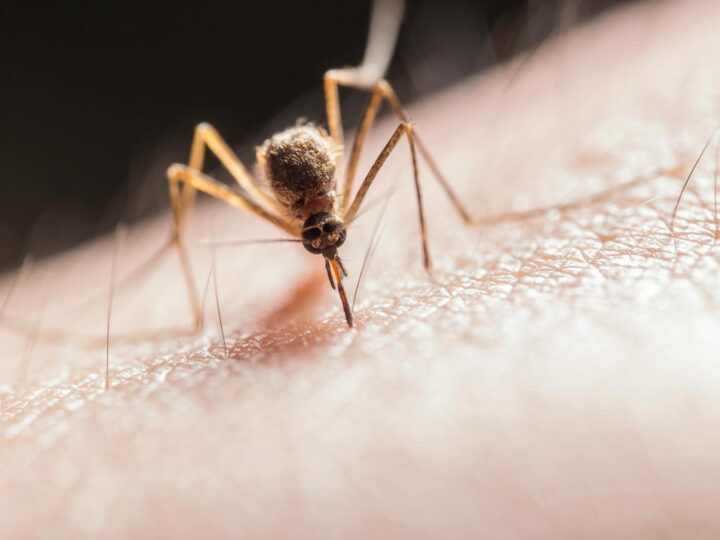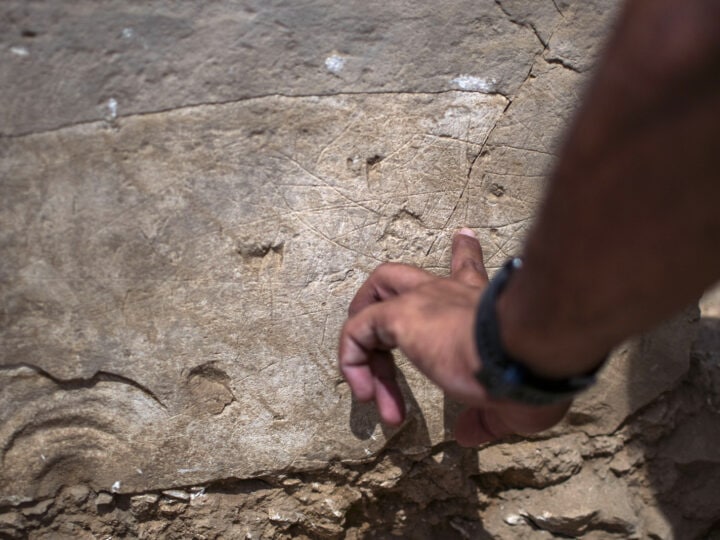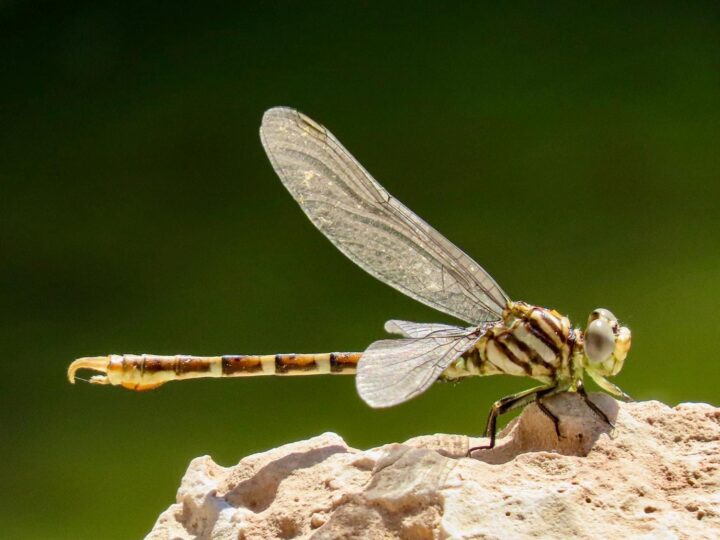An Israeli researcher has documented groups of Bonobo apes performing complex actions to extract food and make weapons out of tree branches, thus marking the first time evidence has been obtained showing that any species other than archaic pre-humans (members of the Homo genus) can skillfully employ ancient pre-agricultural tools.
Bonobos — one of humankind’s closest living relatives and sharing more than 98 percent of our DNA – are often considered less sophisticated than their chimpanzee peers.
But Itai Roffman of the University of Haifa says his study could shed new light on these animals.
Roffman observed Bonobos making sophisticated use of ancient pre-agricultural tools and documented a Bonobo making and using spears in a social setting for the purpose of attack and defense. Until now, Bonobos were known as a social species that engages in extensive sexual behavior and have not been observed in nature using tools.
“I believe that the current study will break down our cultural hang-up as humans concerning the inherent capabilities and potential of Bonobos and chimpanzees,” says Roffman of the Institute of Evolution at the University of Haifa, who undertook the study as a recipient of the Adams Fellowship from the Israel National Academy of Sciences and Humanities.
Roffman’s doctorate thesis examines diverse pre-human/Homo characteristics among chimpanzees and Bonobos.
Three years ago, Roffman showed that two Bonobos were capable of preparing and using a range of early Homo type stone tools in order to reach inaccessible food in natural contexts.
In the current study, which was published recently in the American Journal of Physical Anthropology, Roffman studied a group of eight Bonobos at Wuppertal Zoo in Germany and a group of seven Bonobos from the Bonobo Hope sanctuary in Iowa, USA.
Both groups were presented with similar natural challenges: they were required to reach food either buried deep in the ground (covered by a layer of stones of varying sizes), hidden inside large ungulate bones (filled with dried fruit to simulate bone marrow), or concealed inside small concrete capsules. In addition to stones, the researcher also placed alongside each of these challenges natural raw materials, such as green branches of varying sizes and deer antlers.
Roffman observed the Bonobos at the sanctuary working in stages (specific chain of actions) — removing the layer of stones using their hands and sticks; using deer antlers as a rake; using small branches as a dagger or pick to gouge holes in the earth; using larger branches as shovels to widen the holes; and finally extracting the food using a long branch as a pole and lever. They also used stones and antlers as hammers to break ungulate bones or concrete capsules.
Moreover, one Bonobo from the zoo group managed a unique achievement: the dominant female Eja chose and manipulated particularly long sticks (removing small branches and peeling bark) and used her teeth to hone them into “spears.” Every time Roffman approached, she attempted to attack him with the spear through the bars.
“To the zoo Bonobos, I was a trespasser who was violating their privacy and stalking them. This shows how even a species that is considered peaceful and loving becomes aggressive and suspicious in social contexts of incarceration and mistrust in humans,” Roffman says.




